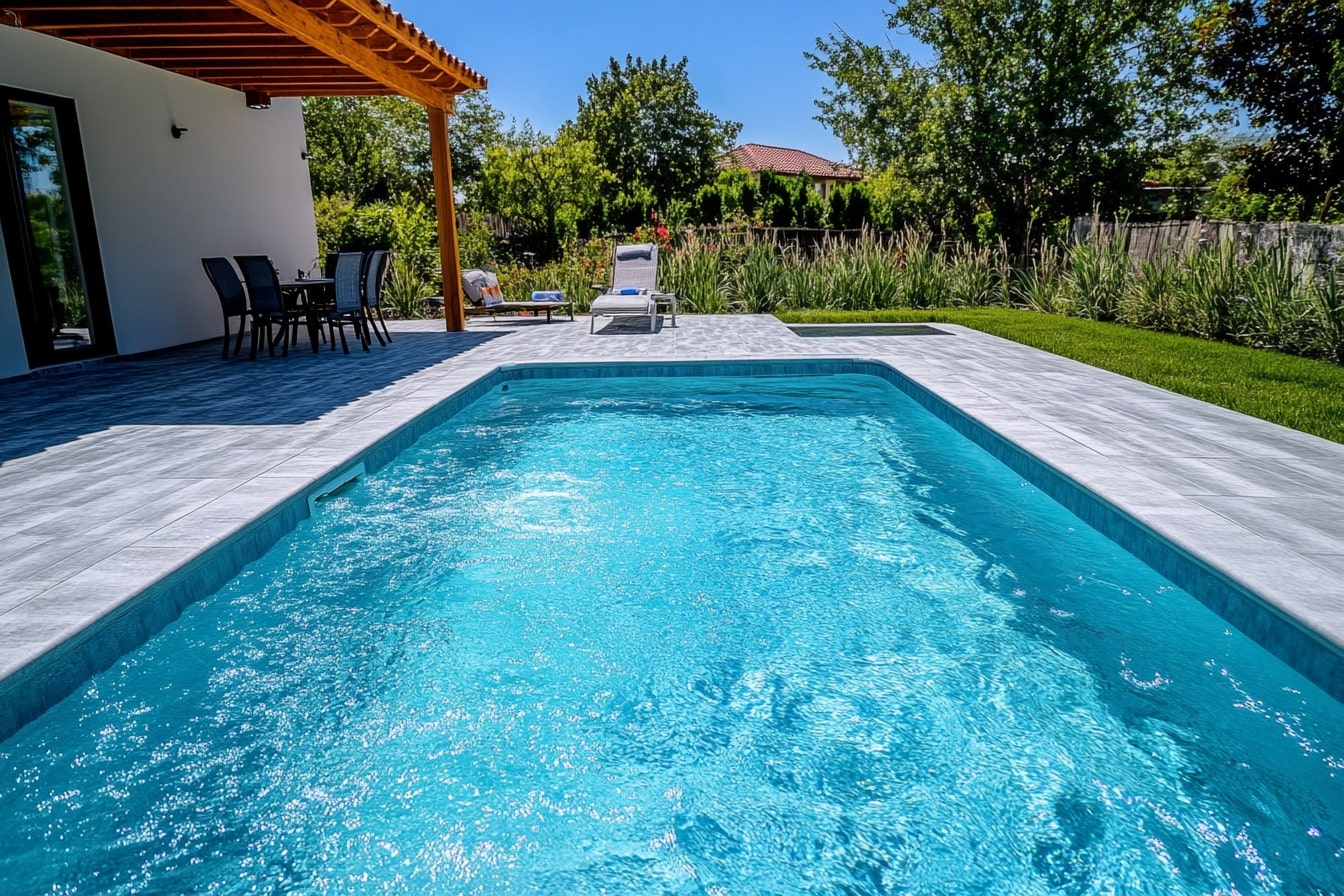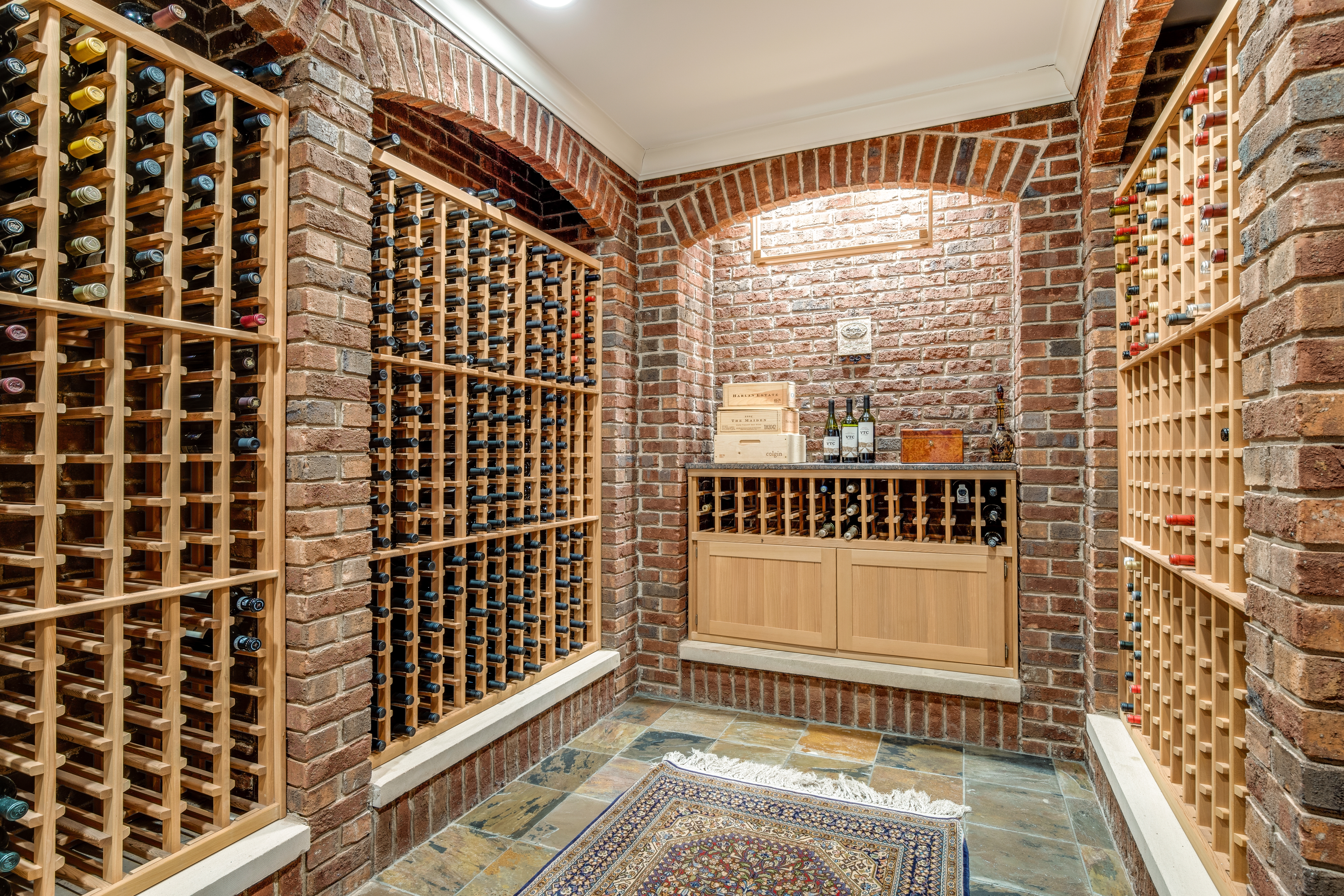A Guide to Pool Deck Resurfacing: Materials, Options, and Safety Features
Pool deck resurfacing offers a practical way to refresh worn or cracked surfaces around your pool. Options like stamped concrete, spray coatings, and pavers enhance appearance, improve safety, and add durability—making your outdoor space both functional and visually appealing.

Popular Pool Deck Resurfacing Materials
Concrete remains the most common foundation for pool decks, but several resurfacing options exist. Stamped concrete overlays offer a cost-effective way to mimic natural stone or brick patterns. Acrylic concrete coatings provide excellent slip resistance and UV protection. For a more luxurious finish, pavers or natural stone can transform an ordinary pool deck into an elegant outdoor living space. Each material offers unique benefits in terms of maintenance requirements and longevity.
Choosing the Right Slip-Resistant Surface
Safety should be a primary consideration when selecting pool deck materials. Modern slip-resistant coatings come in various textures and finishes. Knockdown texture provides excellent traction while remaining comfortable underfoot. Quartz-based systems offer superior slip resistance and can be customized with different color combinations. Cool deck coatings not only enhance safety but also reduce surface temperatures, making the deck more comfortable during hot summer days.
Professional Installation vs. DIY Options
While some resurfacing projects might tempt homeowners to attempt DIY installation, professional application often yields better long-term results. Professionals have access to commercial-grade materials and specialized equipment necessary for proper application. They also understand critical factors like proper surface preparation, cure times, and sealing requirements that affect the project’s success.
Maintenance Requirements for Different Materials
Each resurfacing option carries specific maintenance needs. Acrylic coatings typically require resealing every 2-3 years. Concrete overlays need periodic cleaning and sealing to maintain their appearance and protection. Pavers might require occasional joint sand replacement and leveling. Understanding these maintenance requirements helps in selecting the most practical solution for your lifestyle.
Cost Comparison of Resurfacing Options
| Material Type | Average Cost/Sq Ft | Durability Rating |
|---|---|---|
| Acrylic Coating | $3-7 | 5-7 years |
| Stamped Overlay | $8-12 | 10-15 years |
| Pavers | $15-30 | 15-25 years |
| Cool Deck Coating | $4-8 | 5-8 years |
Prices, rates, or cost estimates mentioned in this article are based on the latest available information but may change over time. Independent research is advised before making financial decisions.
Weather Considerations and Climate Adaptation
Local climate significantly influences the choice of resurfacing materials. Areas with freeze-thaw cycles require materials with excellent thermal expansion properties. Hot climates benefit from cool deck coatings that reflect sunlight and reduce surface temperatures. Humid environments need materials resistant to mold and mildew growth. Consider your local weather patterns when selecting resurfacing options to ensure maximum longevity and performance.
Understanding these aspects of pool deck resurfacing helps ensure a successful renovation project that enhances both the safety and beauty of your pool area. The right combination of materials, professional installation, and proper maintenance creates a durable, attractive surface that will serve your needs for years to come.




